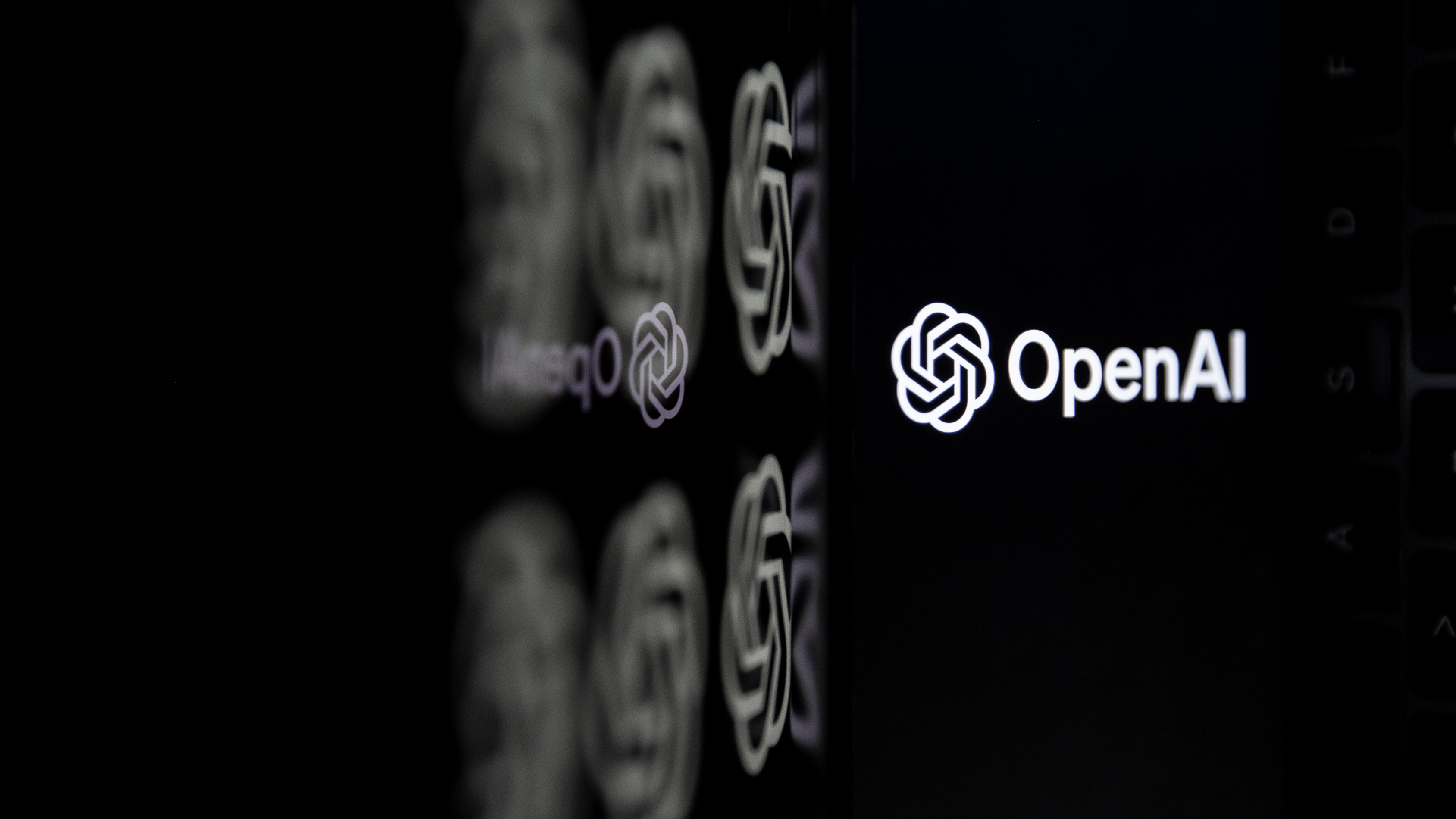OpenAI could fast become a money pit for investors
OpenAI will soon have to compete on a more level footing with others in the space, after its year-long head start
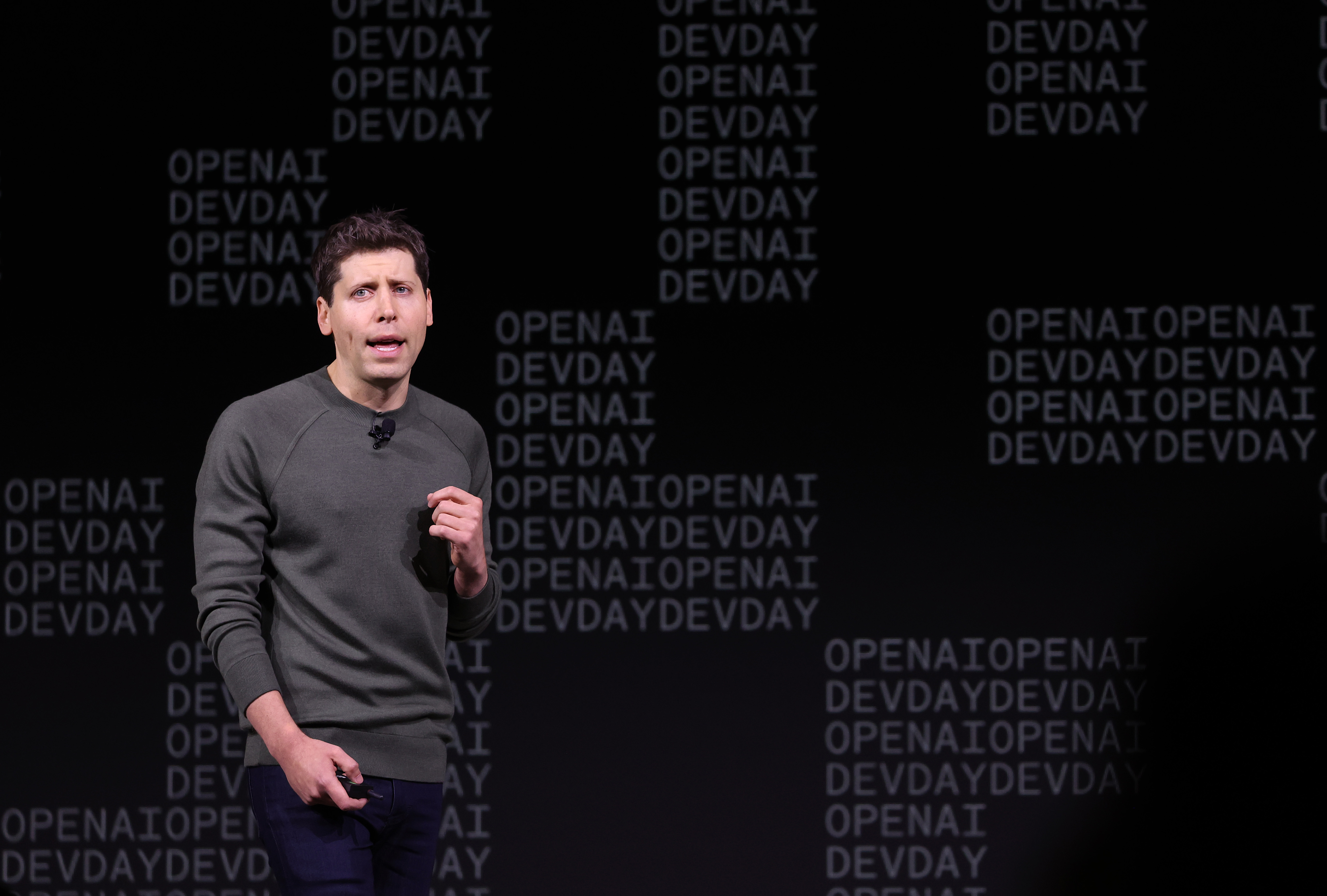

OpenAI has become one of the most recognized names in the field of AI, and the company’s valuation has only grown since the release of ChatGPT nearly one year ago. But it’s clear that the company has a long way to go before it can become self-sufficient - or even turn a profit.
As one of the first firms to make generative AI models publicly available, OpenAI has enjoyed a year in the sun in which it raised a reported $10 billion investment from Microsoft and released a number of popular generative AI services.
In October, The New York Times reported that OpenAI was in active talks on a deal that could balloon the company’s value to upwards of $80 billion.
Yet for all its success so far, OpenAI has continued to turn a loss even with the billions of dollars that Microsoft has poured into the company being used to build hardware used to train LLMs like GPT-4.
Sam Altman, CEO at OpenAI, has previously complained about the immense cost of running services such as ChatGPT. In the past year, the company has released a number of subscription tiers for its services to limit usage and recoup some of the computing costs such as ChatGPT for Business or the release of GPT-4 for those subscribed to ChatGPT Plus.
Building generative AI platforms is costly and this has been a key factor behind the relatively slow pace of on-prem AI uptake compared to the meteoric rise of AI platforms in the public cloud. Hyperscalers can afford to shell out the immense investment necessary to stockpile the GPUs and CPUs necessary for immense AI workloads.
Nvidia’s newest GH200 Grace Hopper chips were designed with tomorrow’s generative AI models in mind, but will be a costly investment to say the least. Though Nvidia hasn’t stated how much it costs, the chip can vastly outperform Nvidia’s H100 range, which costs $40,000 apiece.
Get the ITPro daily newsletter
Sign up today and you will receive a free copy of our Future Focus 2025 report - the leading guidance on AI, cybersecurity and other IT challenges as per 700+ senior executives
While Nvidia continues to cash in on demand for AI chips, threatening the dominance of AWS in the process, this upwards trend in model size isn’t nailed on. If we’re headed into an era in which trillion-parameter LLMs can consistently outperform those we have today, OpenAI will be locked into investment with Nvidia, or a competitor in the space such as AMD.
Reports have suggested that OpenAI is investing in its own silicon in an attempt to reduce its dependence on volatile chip supplies, but this is a long-term solution to the problem and would put the firm in an uncertain position against those with decades of experience in the semiconductor sector.
AI setup is a pain point for businesses looking to take advantage of the technology, with the costs described as “prohibitive” by analysts. It could be that after the boom of the past year, firms look to reassess their stake in AI, and either stick with public AI or double down and invest more heavily in private solutions.
RELATED RESOURCE
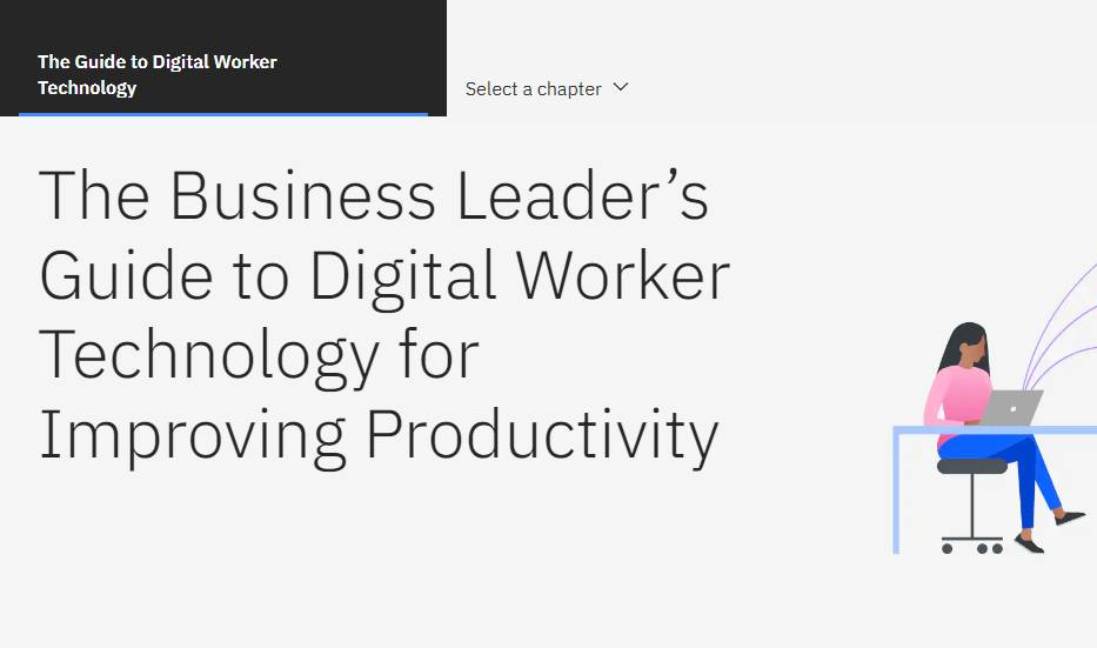
Get tips that will turn your workforce into a talent force
OpenAI could make either work, but in its current shape would much prefer customer loyalty in the public cloud. Its models are a pinnacle of Azure’s AI infrastructure, and its current appeal helps Microsoft almost as much as Microsoft’s funding plugs the holes in OpenAI’s business model.
Smaller models deployed at the edge may well be the future, and OpenAI would certainly be able to capitalize on selling digestible access to its own models to run in this off-the-shelf manner. But this would also force it to compete more aggressively with the likes of Meta’s Llama 2 and yield its significant Azure advantage.
Altman’s ambitions of creating artificial general intelligence (AGI), a system that can realistically rival the intelligence of humans, is so far little more than an expensive pipe dream. If he carries on down that path, other firms with substantial hyperscaler backing such as Anthropic – into which AWS has poured $4 billion – could seize the lead for enterprise AI.
None of this points to certain failure for the firm. OpenAI could - and in all likelihood will - continue to grow in valuation, with Microsoft’s heavy backing and reliance on the firm’s models for its AI assistants such as 365 Copilot, Copilot for Windows, and GitHub Copilot Enterprise.
Google DeepMind turned its first profit in 2020, a decade after it was first founded.
At the time, the firm’s main expenses were in staff salaries. But as the world of AI has become more focused on intensive training of foundation models, computing and hardware investment has become a more serious drain on finances.
If it’s not careful, OpenAI could quickly become something of a passion project for Microsoft.

Rory Bathgate is Features and Multimedia Editor at ITPro, overseeing all in-depth content and case studies. He can also be found co-hosting the ITPro Podcast with Jane McCallion, swapping a keyboard for a microphone to discuss the latest learnings with thought leaders from across the tech sector.
In his free time, Rory enjoys photography, video editing, and good science fiction. After graduating from the University of Kent with a BA in English and American Literature, Rory undertook an MA in Eighteenth-Century Studies at King’s College London. He joined ITPro in 2022 as a graduate, following four years in student journalism. You can contact Rory at rory.bathgate@futurenet.com or on LinkedIn.
-
 Should AI PCs be part of your next hardware refresh?
Should AI PCs be part of your next hardware refresh?AI PCs are fast becoming a business staple and a surefire way to future-proof your business
By Bobby Hellard Published
-
 Westcon-Comstor and Vectra AI launch brace of new channel initiatives
Westcon-Comstor and Vectra AI launch brace of new channel initiativesNews Westcon-Comstor and Vectra AI have announced the launch of two new channel growth initiatives focused on the managed security service provider (MSSP) space and AWS Marketplace.
By Daniel Todd Published
-
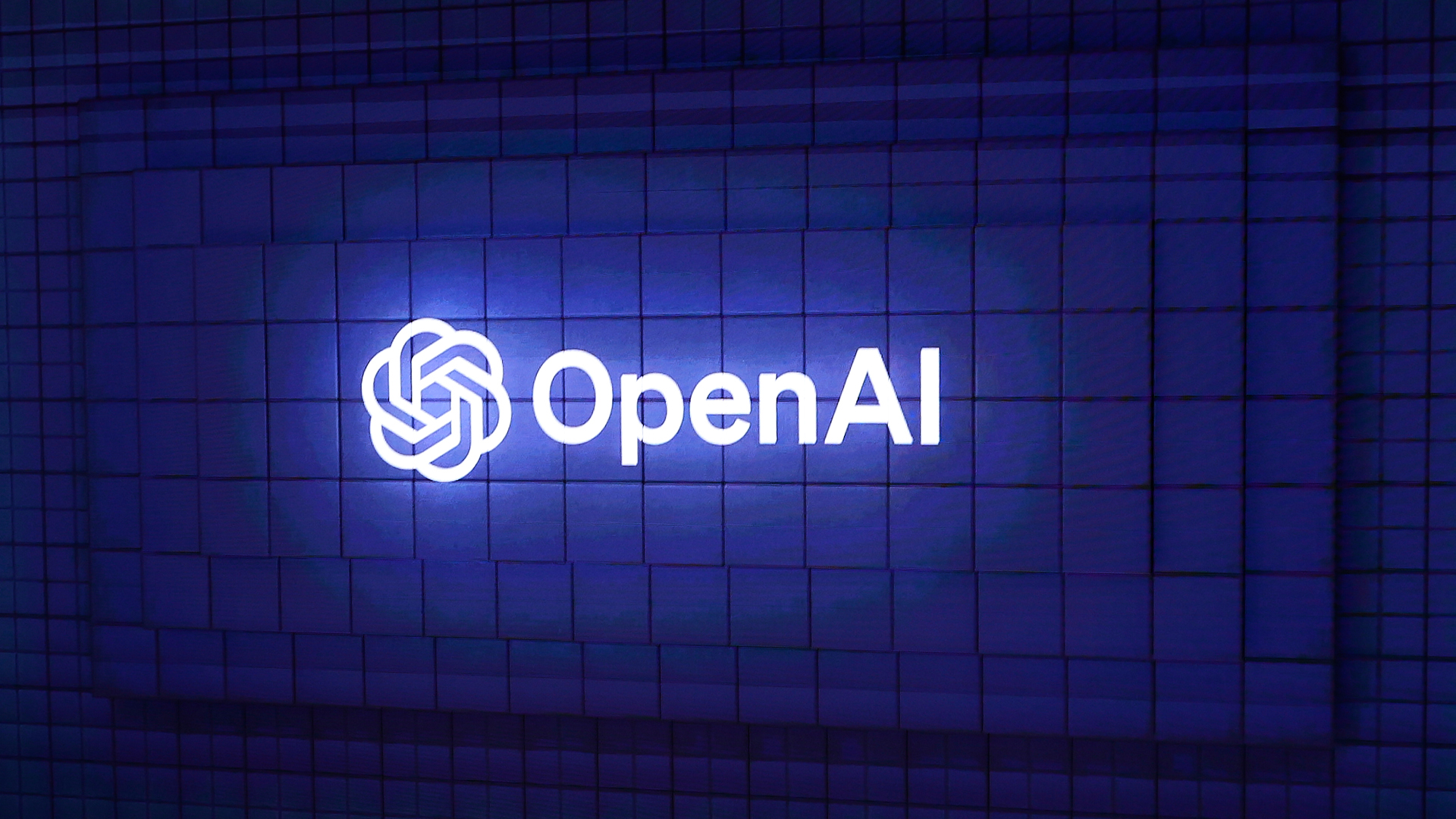 OpenAI woos UK government amid consultation on AI training and copyright
OpenAI woos UK government amid consultation on AI training and copyrightNews OpenAI is fighting back against the UK government's proposals on how to handle AI training and copyright.
By Emma Woollacott Published
-
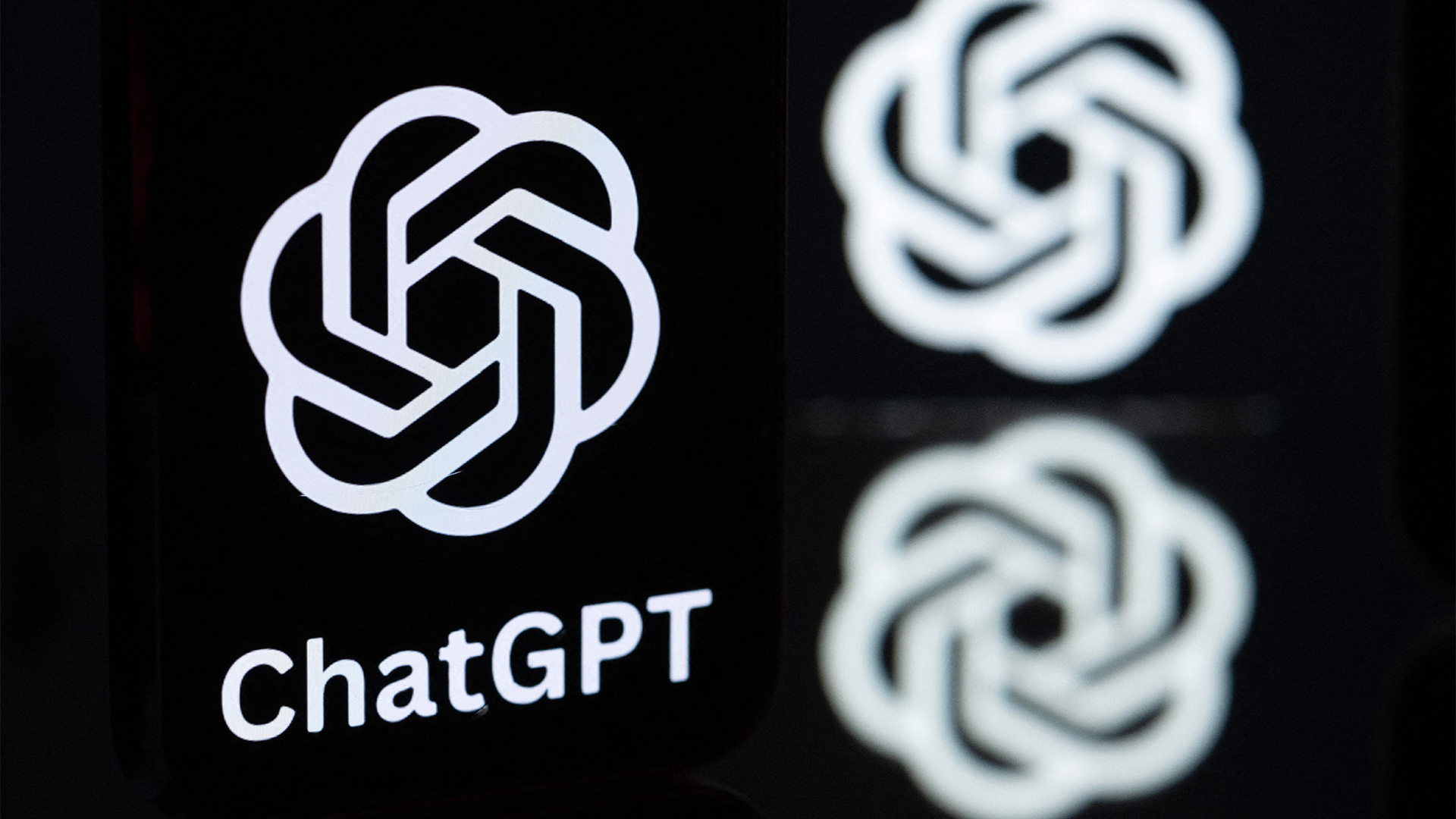 DeepSeek and Anthropic have a long way to go to catch ChatGPT: OpenAI's flagship chatbot is still far and away the most popular AI tool in offices globally
DeepSeek and Anthropic have a long way to go to catch ChatGPT: OpenAI's flagship chatbot is still far and away the most popular AI tool in offices globallyNews ChatGPT remains the most popular AI tool among office workers globally, research shows, despite a rising number of competitor options available to users.
By Ross Kelly Published
-
 ‘DIY’ agent platforms are big tech’s latest gambit to drive AI adoption
‘DIY’ agent platforms are big tech’s latest gambit to drive AI adoptionAnalysis The rise of 'DIY' agentic AI development platforms could enable big tech providers to drive AI adoption rates.
By George Fitzmaurice Published
-
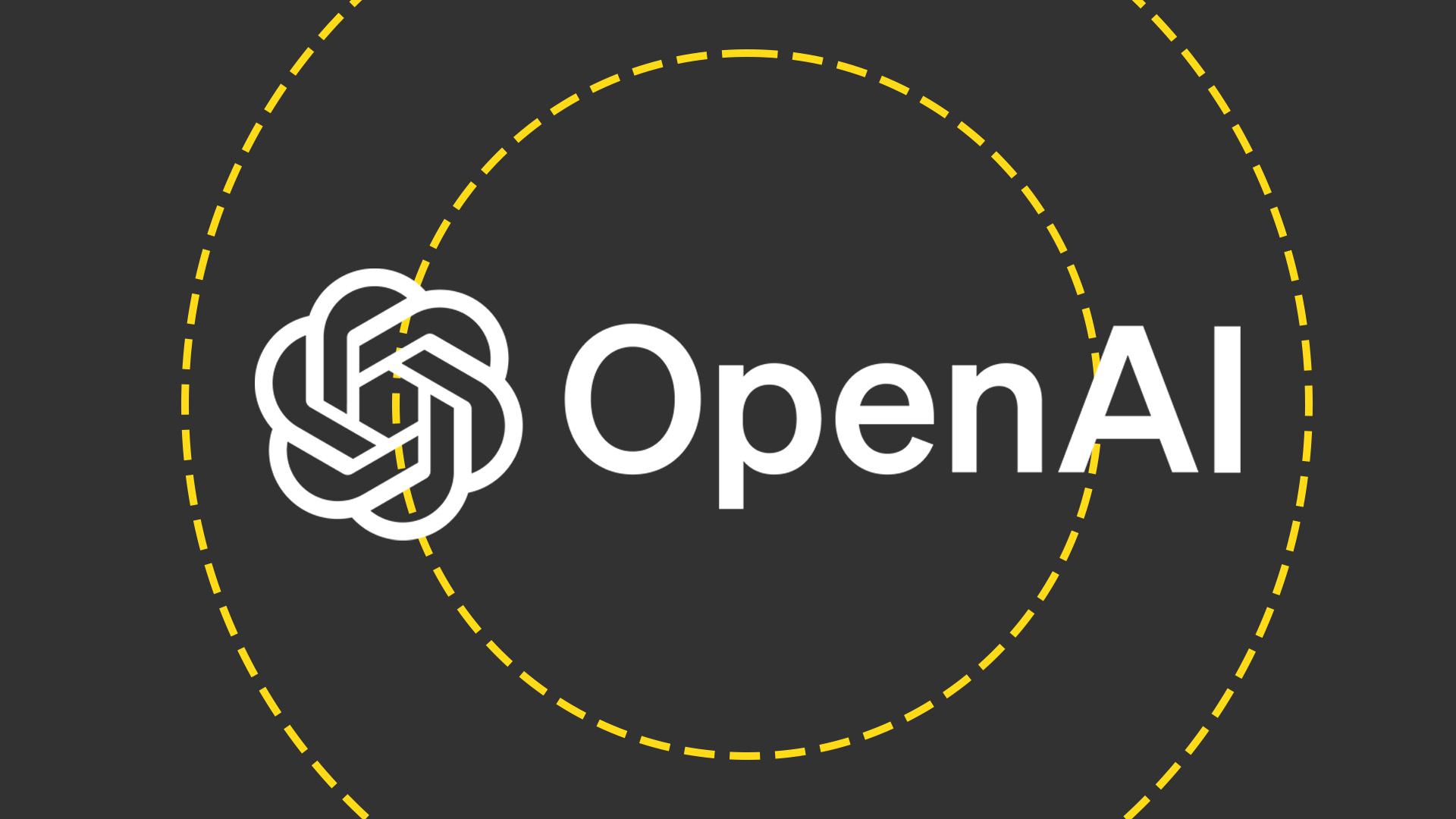 OpenAI wants to simplify how developers build AI agents
OpenAI wants to simplify how developers build AI agentsNews OpenAI is releasing a set of tools and APIs designed to simplify agentic AI development in enterprises, the firm has revealed.
By George Fitzmaurice Published
-
 Elon Musk’s $97 billion flustered OpenAI – now it’s introducing rules to ward off future interest
Elon Musk’s $97 billion flustered OpenAI – now it’s introducing rules to ward off future interestNews OpenAI is considering restructuring the board of its non-profit arm to ward off unwanted bids after Elon Musk offered $97.4bn for the company.
By Nicole Kobie Published
-
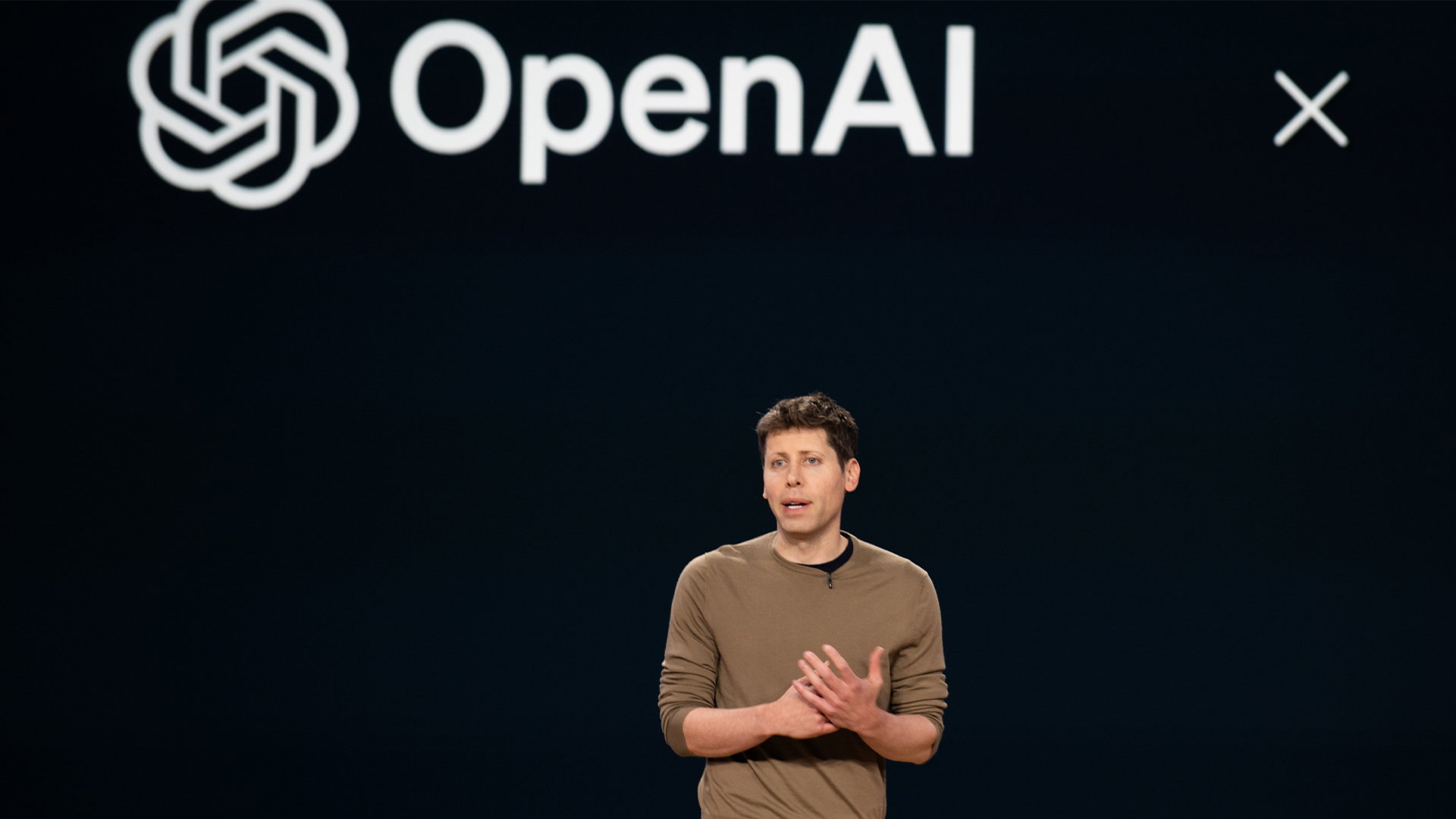 Sam Altman says ‘no thank you’ to Musk's $97bn bid for OpenAI
Sam Altman says ‘no thank you’ to Musk's $97bn bid for OpenAINews OpenAI has rejected a $97.4 billion buyout bid by a consortium led by Elon Musk.
By Nicole Kobie Published
-
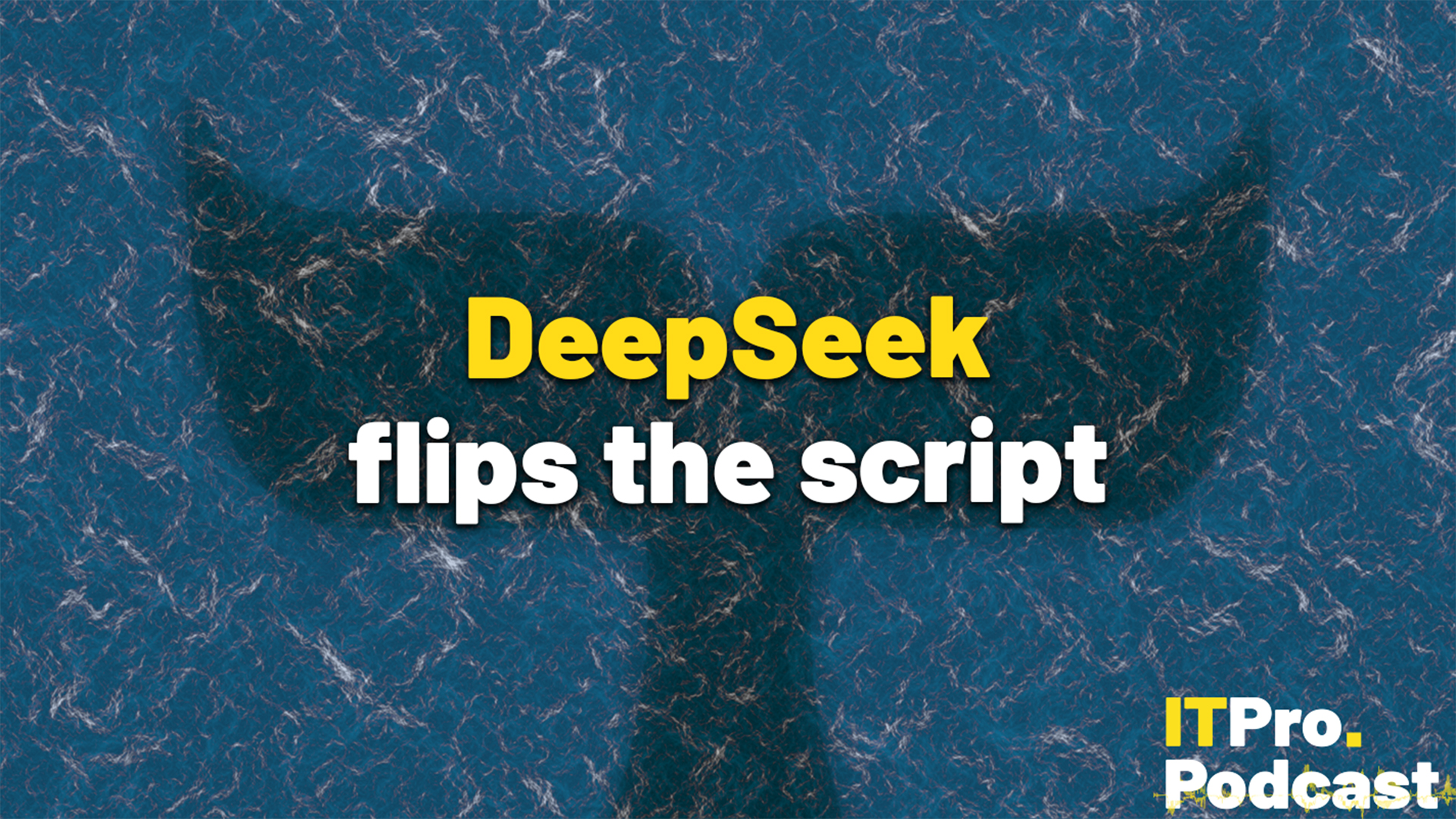 DeepSeek flips the script
DeepSeek flips the scriptITPro Podcast The Chinese startup's efficiency gains could undermine compute demands from the biggest names in tech
By Rory Bathgate Published
-
 SoftBank could take major stake in OpenAI
SoftBank could take major stake in OpenAINews Reports suggest the firm is planning to increase its stake in the ChatGPT maker
By Emma Woollacott Published
